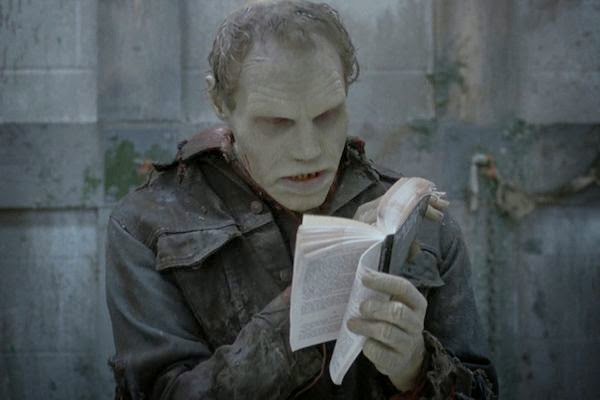

New Landscapes of Inequality: Neoliberalism and the Erosion of Democracy in America (Santa Fe, NM: School for Advanced Research Press, 2008) and Hugh Gusterson and Catherine Besteman, ed. For an overview of these forces and their impacts, see Jane Collins, Micaela di Leonardo, and Brett Williams, eds. Lane, A Company of One: Insecurity, Independence, and the New World of White-Collar Unemployment (Ithaca, NY: Cornell UP, 2011), 49.ġ0. Max Brooks, World War Z: An Oral History of the Zombie War. Stephanie Boluk and Wylie Lenz (Jefferson, NC: McFarland, 2011), 137.Ĩ. Aalya Ahmad, “Gray is the New Black: Race, Class, and Zombies,” in Generation Zombie: Essays on the Living Dead in Modern Culture, eds. James Lowder (Dallas, TX: Smartpop, 2011), 19.ħ. “Take Me To Your Leader,” in Triumph of The Walking Dead: Robert Kirkman's Zombie Epic on Page and Screen, ed. Christopher Moreman and Cory James Rushton (Jefferson, NC: McFarland, 2011), 80.Ħ.

“Time For Zombies: Sacrifice and the Structural Phenomenology of Capitalist Futures,” in Race, Oppression and the Zombie: Essays on Cross-Cultural Appropriations of the Caribbean Tradition, ed. Dawn Keetley (Jefferson, NC: McFarland, 2014), 96.ĥ. “Roadside ‘Vigil’ for the Dead: Cannibalism, Fossil Fuels, and the American Dream,” in “We're All Infected”: Essays on AMC's The Walking Dead and the Fate of the Human, ed. American Zombie Gothic: The Rise and Fall (And Rise) of the Walking Dead in Popular Culture (Jefferson, NC: McFarland, 2010), 138–9.Ĥ. Christopher Moreman and Cory James Rushton (Jefferson, NC: McFarland, 2011), 21.ģ. Ann Kordas, “New South, New Immigrants, New Women, New Zombies: The Historical Development of the Zombie in American Popular Culture,” in Race, Oppression and the Zombie: Essays on Cross-Cultural Appropriations of the Caribbean Tradition, eds. Peter Coy, “A New Menace to the Economy,” Business Week, January 29, 2009, 24–26.Ģ. Instructors considering this book for use in a course may request an examination copy here.1.

Closely examining such influential works as Victor Halperin’s White Zombie, Jacques Tourneur’s I Walked with a Zombie, Lucio Fulci’s Zombi 2, Dan O’Bannon’s The Return of the Living Dead, Danny Boyle’s 28 Days Later, and, of course, Romero’s entire “Dead†series, it establishes the place of zombies in the Gothic tradition. This book provides a cultural and critical analysis of the cinematic zombie tradition, starting with its origins in Haitian folklore and tracking the development of the subgenre into the twenty-first century. The voodoo-based zombie films of the 1930s and '40s reveal deep-seated racist attitudes and imperialist paranoia, but the contagious, cannibalistic zombie horde invasion narrative established by George A. Zombie stories are peculiarly American, as the creature was born in the New World and functions as a reminder of the atrocities of colonialism and slavery.


 0 kommentar(er)
0 kommentar(er)
